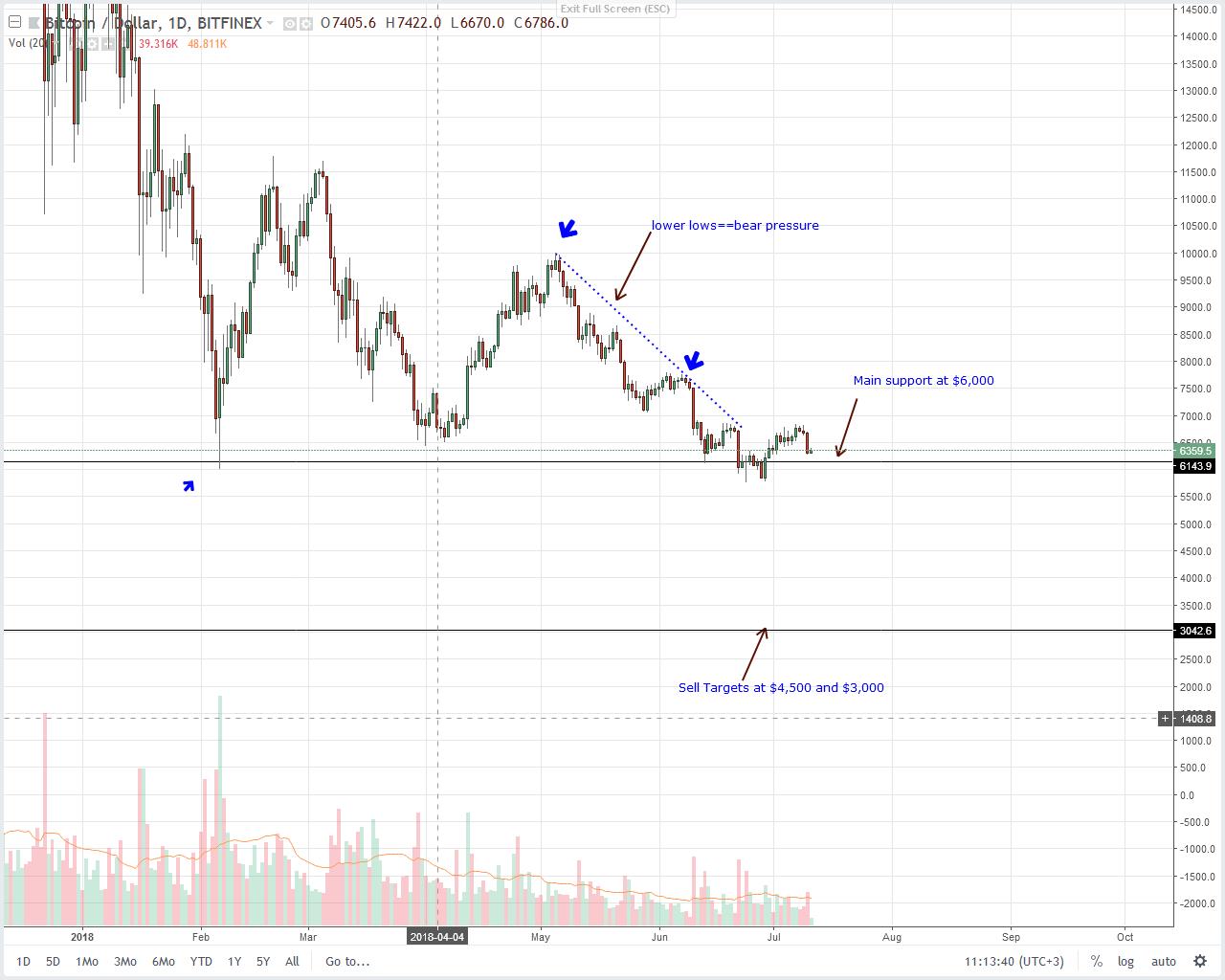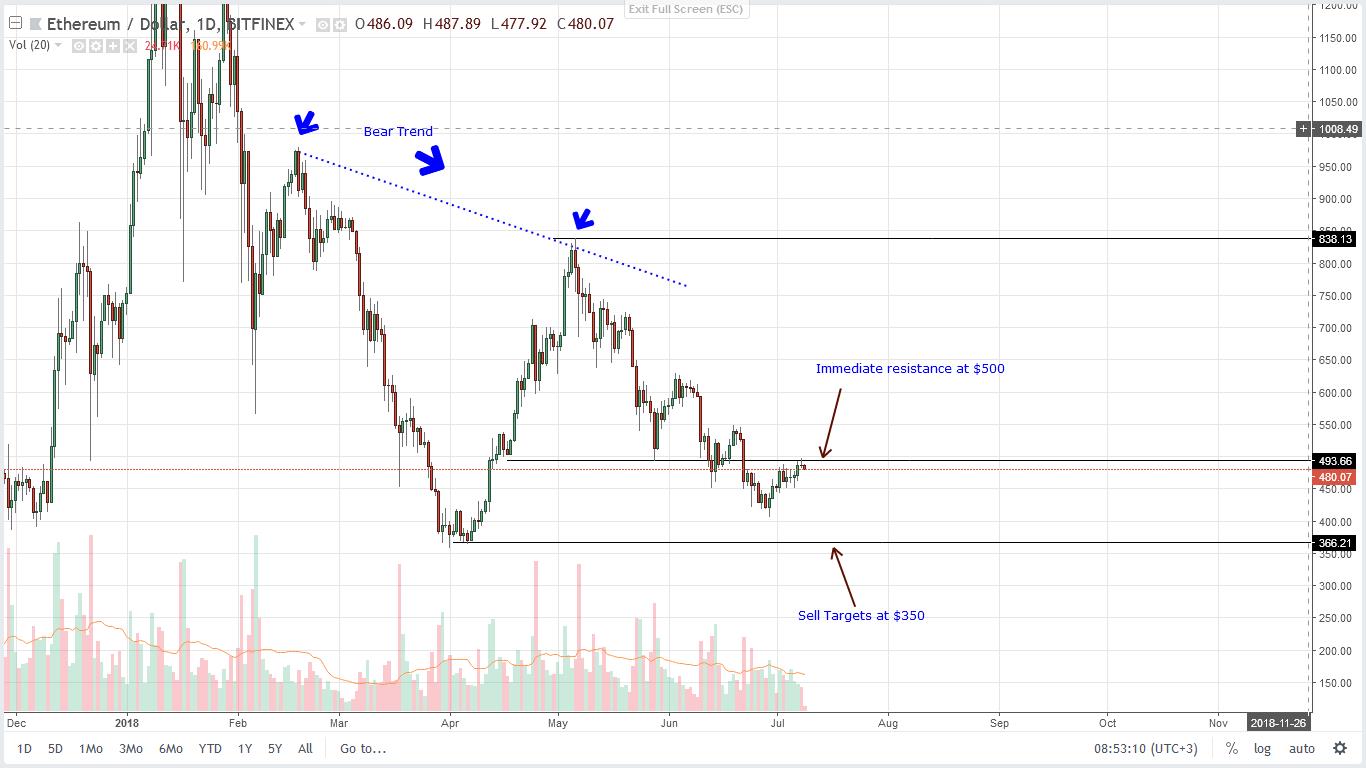2019-2-5 01:40 |
In a recently released report, Diar wrote about EOS, decentralized exchanges and JP Morgan’s assessment on Bitcoin (BTC).
The first topic discussed is regarding how EOS has been growing in the market. Compared to Ethereum (ETH), which is the closest competitor to EOS, the new blockchain platform has been experiencing a very positive trend during the last half of year.
According to Diar, EOS accounts for 55% of US dollar traded volume on decentralized applications (dApps) since its network was launched around eight months ago. At the same time,Tron (TRX) dApps accounts for 38% of total on-chain USD volume compared to 6% of Ethereum, which is lagging behind.
Tron and EOS have a large number of dApps that focus on gamblers. Indeed, 70% of all the funds transacted on EOS go towards gambling dApps. Meanwhile, this number ascends up to 95% for Tron. Meanwhile, Ethereum’s gambling dApps account for just 2% of the total US dollar transaction volume on the network.
It is also worth mentioning that on-chain Ether transactions are at an all-time high. There are some stablecoins and other projects that are running on top of the Ethereum network and processing a large number of transactions.
The second topic that Diar discussed is related to decentralized exchanges hitting a new all-time low. Decentralized exchanges (DEX) have been growing as a possible solution to centralized platforms for exchanging digital assets.
Although they seem a very good solution to deal with centralization in the crypto market, they were not able to attract a large number of users. DEX volumes reached a new low of $49 million traded just in January. This is less than 10% of what Binance, the largest centralized exchange, handled in just a day.
There are different crypto platforms that are starting to think about investing in decentralized platforms. Binance is currently working in a DEX that aims at improving usability and become the user-friendly decentralized exchange of the market. Coinbase has purchased Paradex to work in this area.
Finally, the report released by Diar talks about JP Morgan and its analysis related to the price dynamics of Bitcoin. During 2018, the market has been waiting for institutions to start investing in the crypto space. Nevertheless, this is something that didn’t happen.
The report released by JP Morgan takes a look at the developments of Blockchain and Bitcoin’s price. As per the firm, one of the ways to estimate a quantifiable intrinsic value for Bitcoin is to treat it as a commodity. Thus, it might be possible to base it on the marginal cost of production. The report says that the production cost for miners with low-cost electricity was $2,400. Diar, instead, believes that the production cost is close to $3,100.
Furthermore, the report analysed hash power fluctuations and how they could affect the market. According to JP Morgan, if miners leave the market if the price drops, Bitcoin could eventually reach $1,260. Nevertheless, if we have a look at Bitcoin’s hash power, miners have entered the market once again after being affected by the price drop in November and December 2018.
Currently, each Bitcoin can be purchased for $3,465 and it has a market cap of $60.69 billion.
origin »EOS (EOS) на Currencies.ru
|
|















